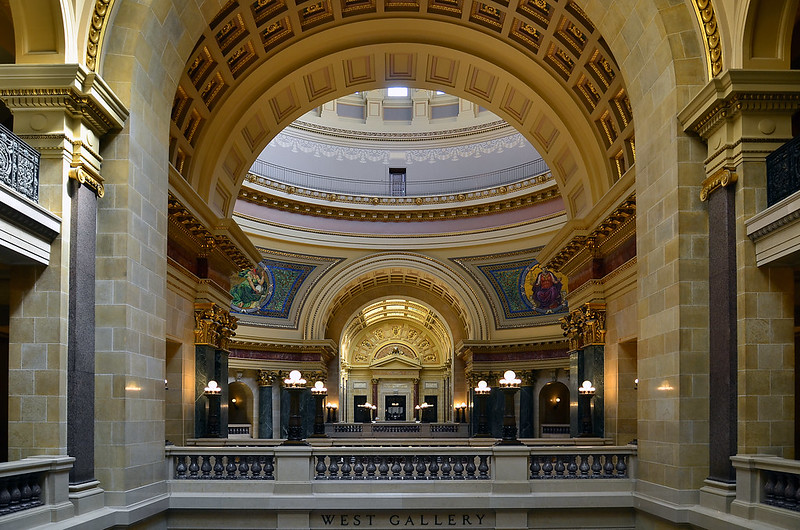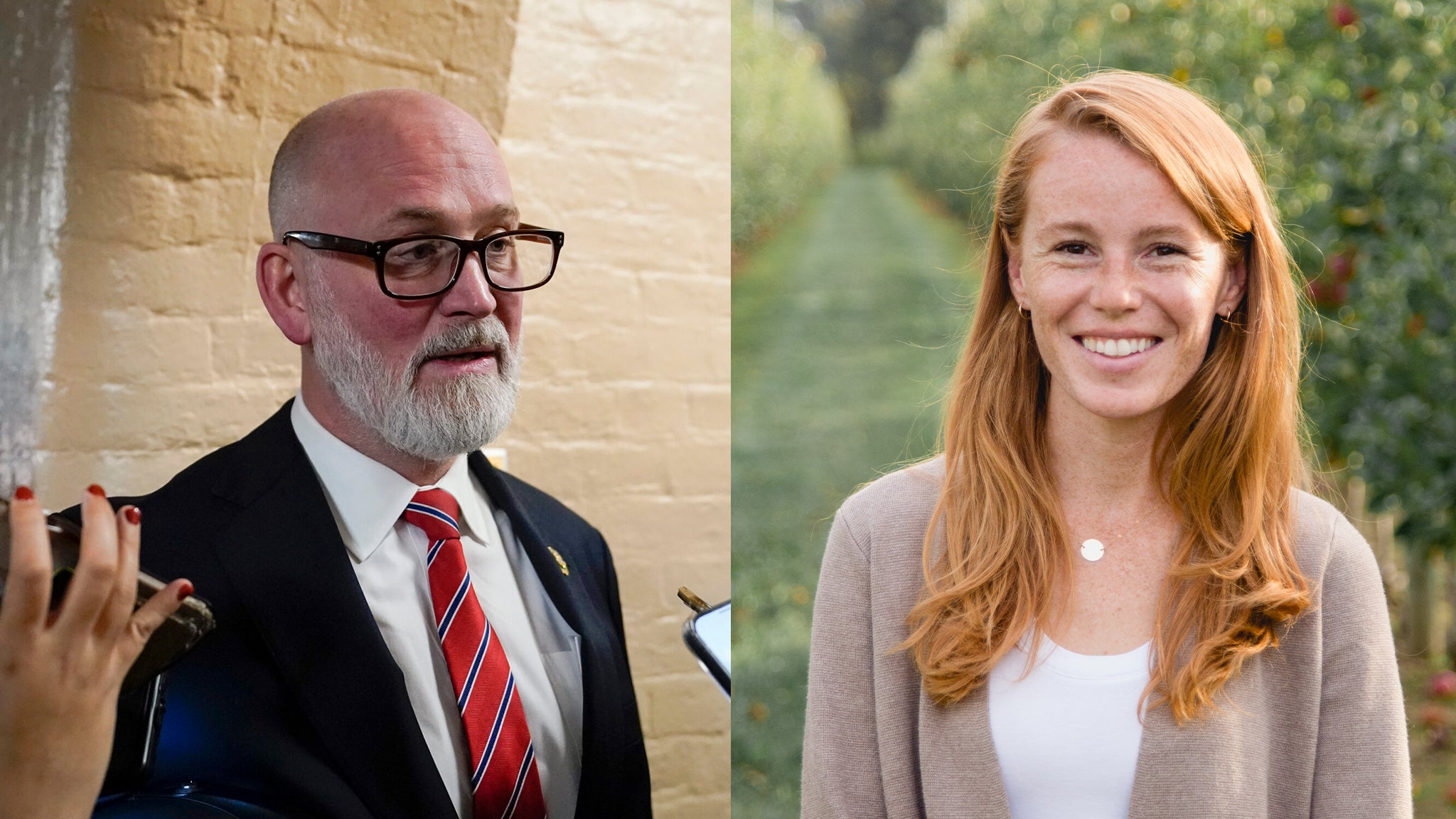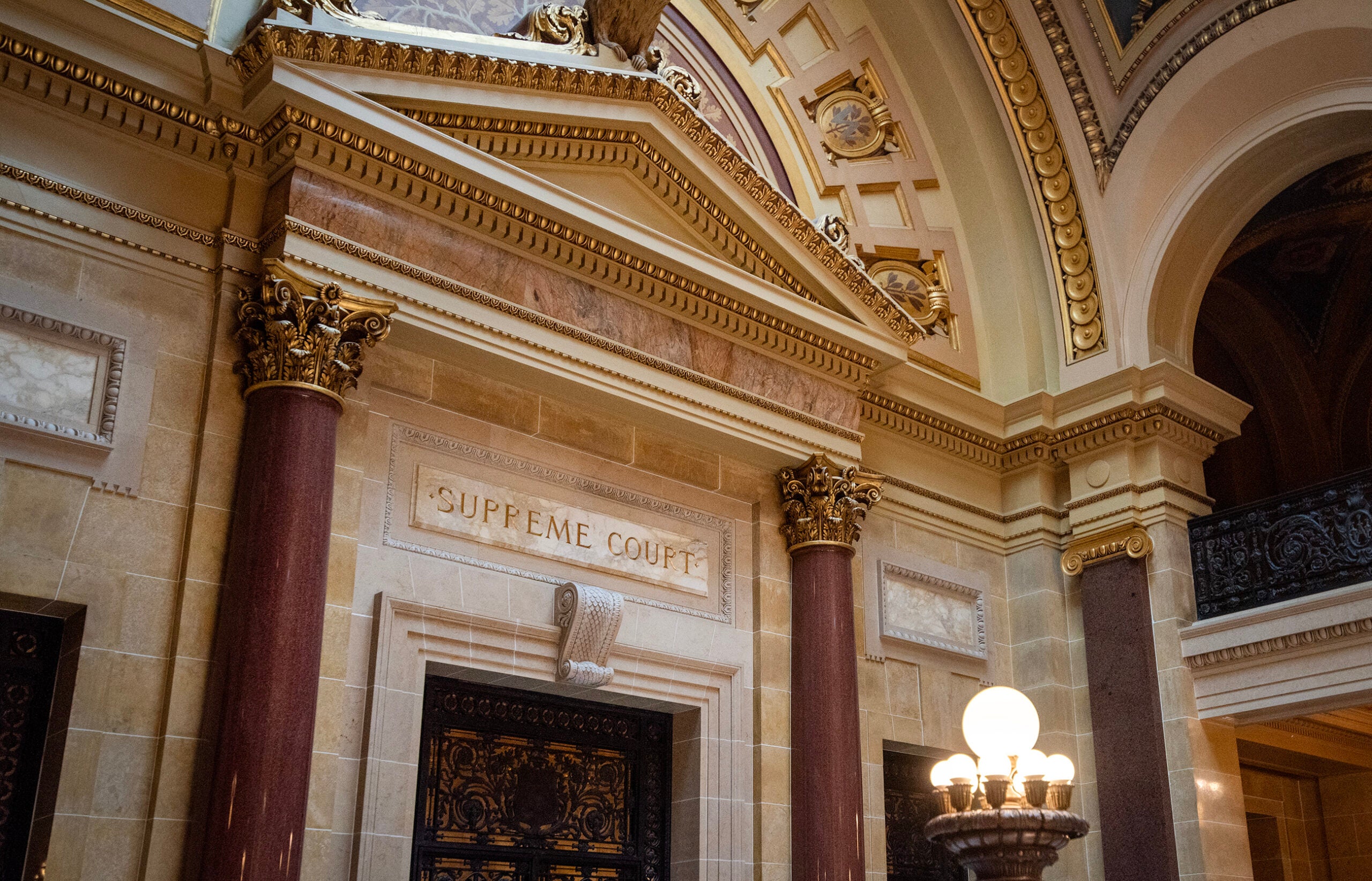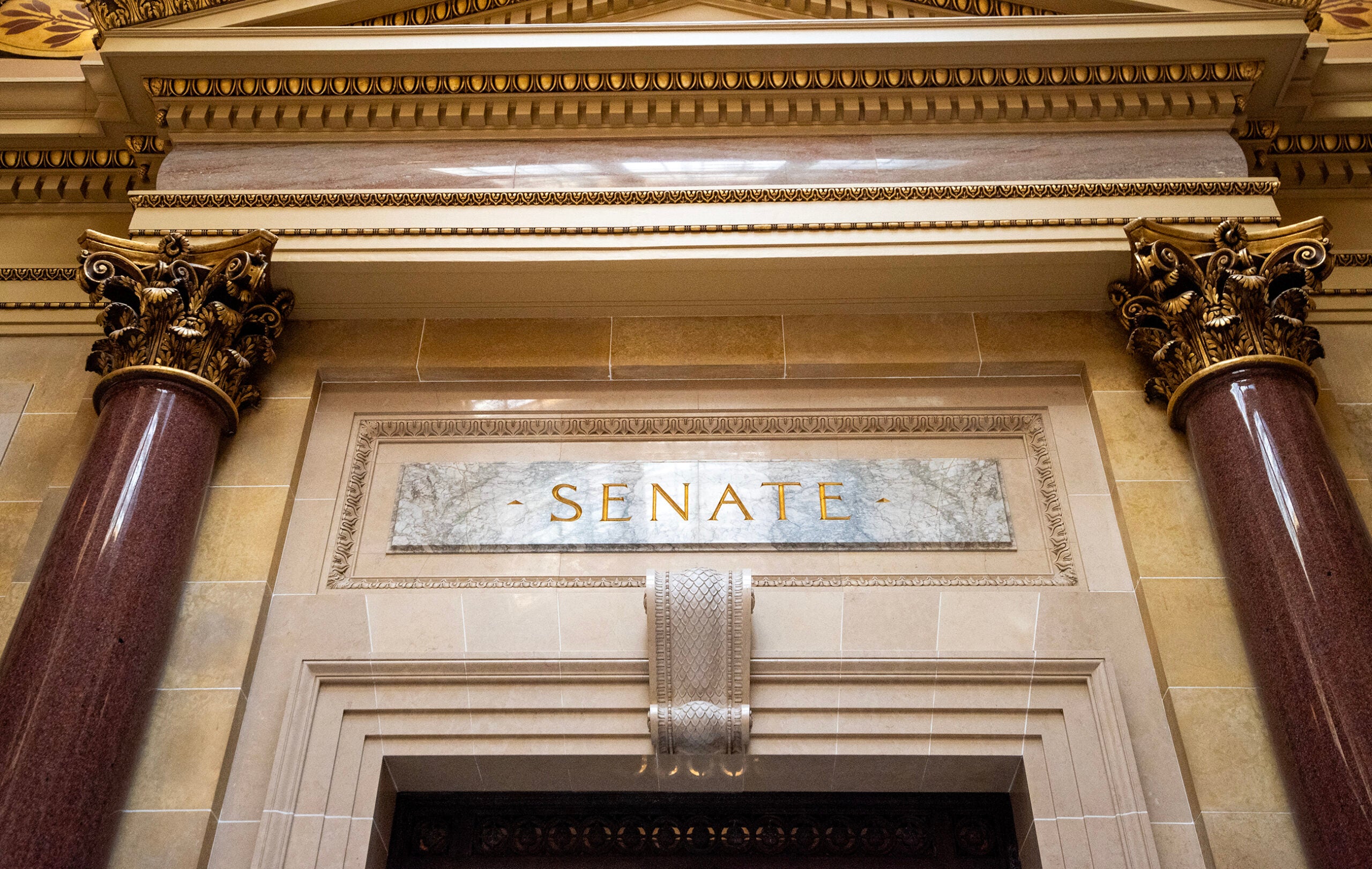The Democratic Party of Wisconsin outspent the Republican Party of Wisconsin by a margin of 2-to-1 during the past month according to new state campaign finance reports.
Data also show that with just more than 30 days until the November election, committees affiliated with both parties are driving resources into legislative districts made more competitive by new voting maps passed earlier this year.
From Aug. 22 through Sept. 23, the Democratic Party of Wisconsin’s main fundraising committee brought in more than $6.2 million. More than a third of that, $2.25 million, came from LinkedIn co-founder Reid Hoffman of California. Democratic Illinois Gov. J.B. Pritzker donated $2 million to the party.
News with a little more humanity
WPR’s “Wisconsin Today” newsletter keeps you connected to the state you love without feeling overwhelmed. No paywall. No agenda. No corporate filter.
The Democratic Party spent $4.3 million and ended the period with around $5.6 million in the bank.
The latest report from the Republican Party of Wisconsin showed it hauled in just more than $3.5 million. A third of that came from Wisconsin billionaire Diane Hendricks of Beloit, who donated just more than $1 million. The next largest donation came from the Republican Assembly Campaign Committee, which contributed $900,000. Laura Seidensticker of Lake Forest, Illinois cut a check of $400,000 to the state GOP, and Elizabeth Uihlein of Lake Bluff, Illinois donated $100,000.
The Republican Party spent around $2.1 million during the month and ended with just more than $1.8 million cash on hand.
So far this year, the state Democratic Party has raised $19.9 million, while the Republican party has raised about $4.8 million.
In a statement, Democratic Party of Wisconsin Spokesperson Joe Oslund said the party is grateful to grassroots supporters from across the state and the country, “who power our campaigns for Democrats up and down the ballot.”
“Our fundraising reflects the overwhelming enthusiasm we’re seeing on the ground from folks ready to move Wisconsin and America forward on the issues that matter to working families,” said Oslund.
A spokesperson for the state GOP did not immediately respond to a request for comment on the fundraising totals.
Heavy spending in legislative races underscores competitiveness of new voting maps
The fundraising reports from the parties and affiliated groups show coordinated spending on competitive Wisconsin Assembly and Senate under new legislative voting maps passed into law after the Wisconsin Supreme Court’s liberal majority declared the previous Republican drawn voting districts unconstitutional.
Under a change to Wisconsin’s campaign finance laws, passed by Republicans in 2015, campaign cash can now move more freely between parties and individual campaigns. Democrats criticized the change when it was passed but have used it in recent years to far outpace Republicans when it comes to using unlimited donations to their advantage.
One example is Wisconsin’s 94th Assembly District in western Wisconsin, which includes Onalaska, West Salem, Holman and Galesville.
The Democratic Party of Wisconsin and the Assembly Democratic Campaign Committee sent just more than $575,000 to State Rep. Steve Doyle, D-Onalaska, who is running against Republican Ryan Huebsch for a second time in the 94th Assembly District.
The seat was formerly held by Huebsch’s father, Mike Heubsch, the former Assembly Speaker, before Doyle won the district in a special election in 2011. Doyle has held the seat ever since.
Campaign finance reports from the campaigns show Doyle spent around $945,000 from July 30 through Sept. 23, while Huebsch spent nearly $155,000.
University of Wisconsin-La Crosse Political Science Professor Anthony Chergosky, who lives in the 94th Assembly District, told WPR it’s become an “extraordinarily expensive campaign.”
“I think these fundraising dollars can really make a big difference in the state legislative races, because the new district maps have shaken up the politics of these legislative races,” said Chergosky. “And because voters are not as aware of the state legislative candidates, as they might be aware of presidential and congressional candidates, voters tend to be more persuadable when it comes to state legislative races, and that’s why the fundraising figures can really matter.”
Wisconsin’s 30th State Senate District is another example of a race where Republican and Democratic groups are sending copious amounts of cash to a competitive race.
A report from the campaign of Allouez Village President Jim Rafter shows he raised around $6,700 from individuals while receiving more than $433,000 from various Republican party and campaign committees in hopes of keeping the 30th State Senate District in GOP hands after Sen. Eric Wimberger, R-Green Bay, opted to run in the state’s 2nd State Senate District under the new maps.
Rafter is up against Democrat Jamie Wall of Green Bay, who reported receiving around $98,000 from individuals along with more than $556,000 from various campaign committees and unions. The vast majority of that came from the Democratic Party of Wisconsin and the State Senate Democratic Committee.
The massive spending underscores the shift in state legislative politics under the new maps. Redistricting experts hired by the state Supreme Court’s liberal majority found that the new districts, submitted to the court by Democratic Gov. Tony Evers and passed into law by Republicans, still slightly favor Republicans. But the court’s consultants also noted the new districts are competitive enough that “the party that wins the most votes will win the most seats” in the Legislature.
Wisconsin Public Radio, © Copyright 2025, Board of Regents of the University of Wisconsin System and Wisconsin Educational Communications Board.






